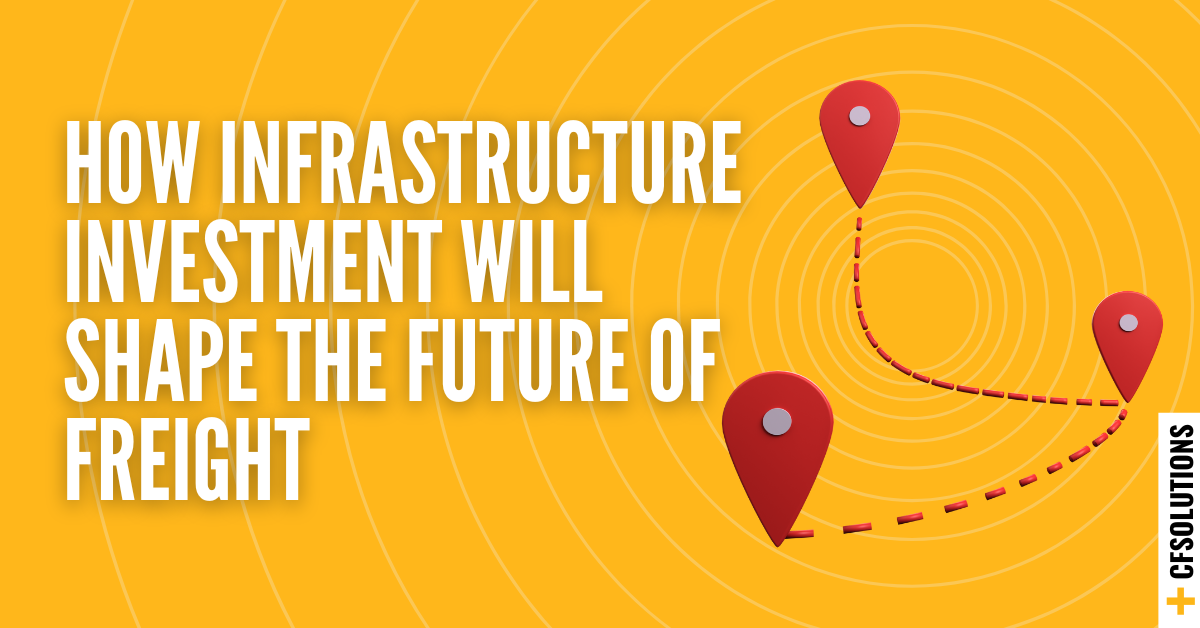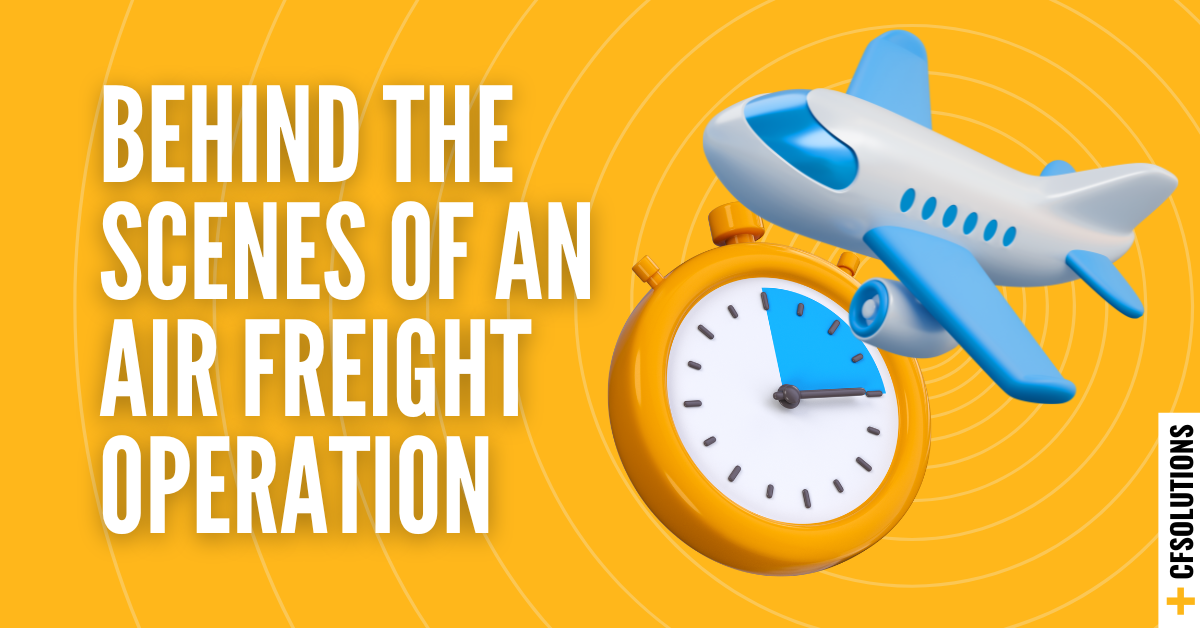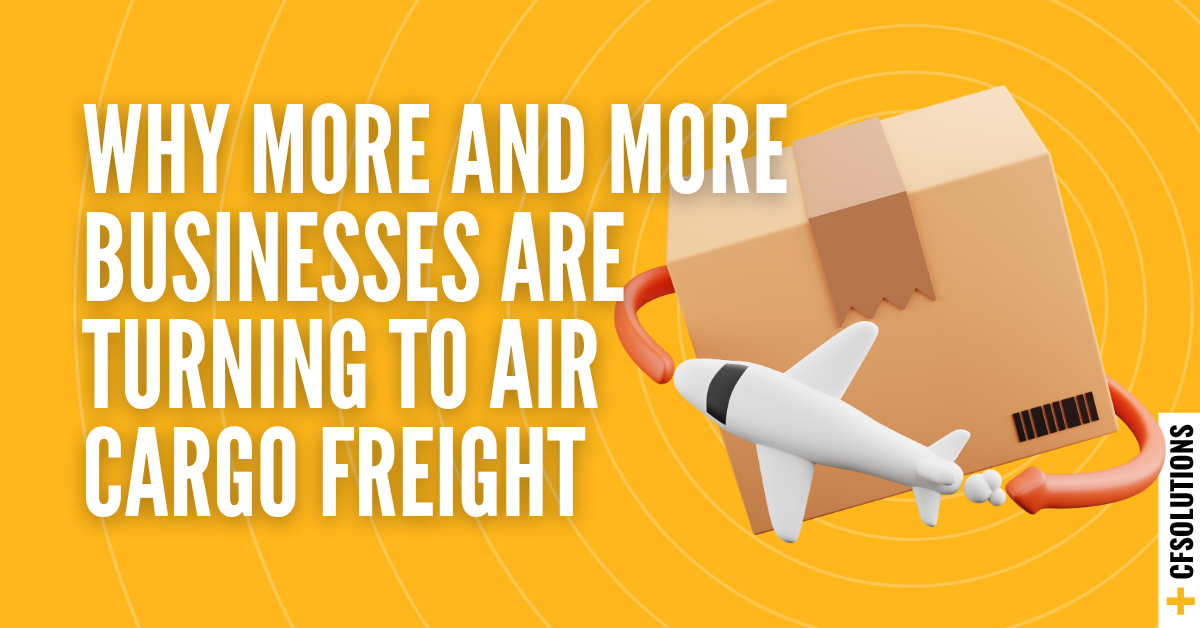
Australia is entering one of the most significant periods of infrastructure development in its history.
The federal government’s $120 billion infrastructure program is more than just an investment in new roads, bridges, and ports. It is a major shift that will redefine how freight moves across the country for decades to come.
For businesses that rely on the movement of goods, understanding how these projects will impact the freight landscape assists with planning ahead and staying competitive.
A Stronger Freight Network Is Taking Shape
At the heart of the investment program is a focus on building stronger freight corridors.
Projects such as the Inland Rail, which will connect Melbourne and Brisbane, major port expansions in Melbourne, Sydney and Brisbane, and upgrades to key regional highways are designed to make freight movements faster, safer, and more efficient.
These improvements are not only about easing congestion in major cities. They are about creating a national network that better links regional Australia to domestic and global markets.
New Opportunities for Regional and Export Businesses
One of the most important features of the infrastructure plan is its emphasis on regional connectivity.
For businesses in agriculture, mining, and manufacturing, better access to transport infrastructure means faster freight times, lower transport costs, and improved access to export markets.
It is expected that this investment will drive significant growth in regional economies, opening up new opportunities for businesses that have traditionally been challenged by distance and freight costs.
How It Will Impact Freight Costs and Supply Chains
Over time, businesses can expect a number of benefits as freight corridors become more efficient.
Freight costs are likely to reduce as faster transit times and improved reliability cut operating expenses.
Supply chains should also become more resilient and predictable, helping businesses to plan better and avoid delays.
However, during the construction phase, businesses may experience short-term disruptions as roadworks and rail upgrades take place. Those who take a proactive approach to planning and review their freight strategies will be better placed to minimise any short-term impacts and take full advantage of the long-term benefits.
Australia’s infrastructure boom is not just about building roads and bridges. It is about creating the future of freight, where smarter, faster, and more resilient supply chains will help businesses grow and compete more effectively.
Connect with our team to explore solutions tailored to your business needs.
Subscribe to our Newsletter or Follow Our Socials
Related Posts
- by Customised Freight Solutions
- 0 Comments
Behind the Scenes of an Air Freight Operation
Air freight is one of the most dynamic parts of Australia’s logistics ...
Read More- by Customised Freight Solutions
- 0 Comments
Planning Your Freight Leading into Christmas and Understanding Carrier Cut-Offs
The Christmas period is one of the most exciting times of the year ...
Read More- by Customised Freight Solutions
- 0 Comments
When Speed Matters: Why More Australian Businesses Are Turning to Air Freight
The Australian freight landscape is changing fast. With rising ...
Read More



